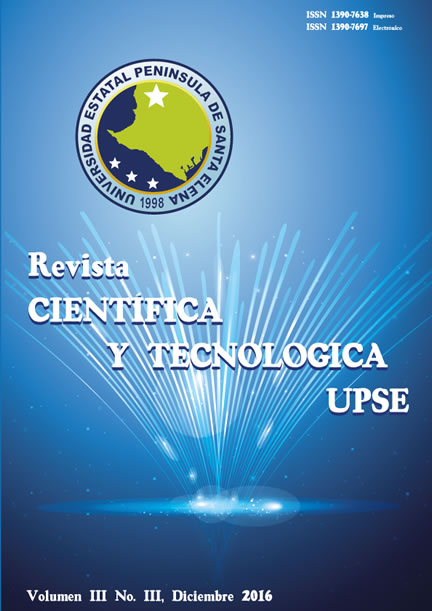Methodology of computer support in the execution of government audit
DOI:
https://doi.org/10.26423/rctu.v3i3.197Keywords:
Audit, IT, COSO, NCI, CGE, methodologyAbstract
This paper proposes a methodologyfor the implementation of computer supports that are made in the various action of control in public sector entities within the scope of control of the Provincial Delegation of Cañar of General Comptroller. For development work, is considered the various agreements and regulations for the Comptroller General and Internal Control Standards issued in 200, based on the Framework of International COBIT 4.1 and ITIL. From the reference manual of Government Auditing issued by the Comptroller, define three phases: Planning, Implementation and Reporting, but the methodology proposed have 5-phase, different of traditional models of Audit, the proposal has ongoing communication of results, in order to lessen the impact of possible findings emerging nature, and proceed with immediate solutions during the time allotted for the control action. Based on the results of the tests of the proposed methodology, it has been verified that have been fulfilled objectively the task of auditing, supporting the improvement of public services supported in Information Technology and implementation of new applications benefit of citizens who use these services. This model aims deer be applied in the province of Cañar and be replicated at the national level in the different delegations considered provincial and Regional Offices of the Comptroller General
Downloads
Downloads
Published
Issue
Section
License
El titular de los derechos de autor de la obra, otorga derechos de uso a los lectores mediante la licencia Creative Commons Atribución-NoComercial-CompartirIgual 4.0 Internacional. Esto permite el acceso gratuito inmediato a la obra y permite a cualquier usuario leer, descargar, copiar, distribuir, imprimir, buscar o vincular a los textos completos de los artículos, rastrearlos para su indexación, pasarlos como datos al software o usarlos para cualquier otro propósito legal.
Cuando la obra es aprobada y aceptada para su publicación, los autores conservan los derechos de autor sin restricciones, cediendo únicamente los derechos de reproducción, distribución para su explotación en formato de papel, así como en cualquier otro soporte magnético, óptico y digital.












